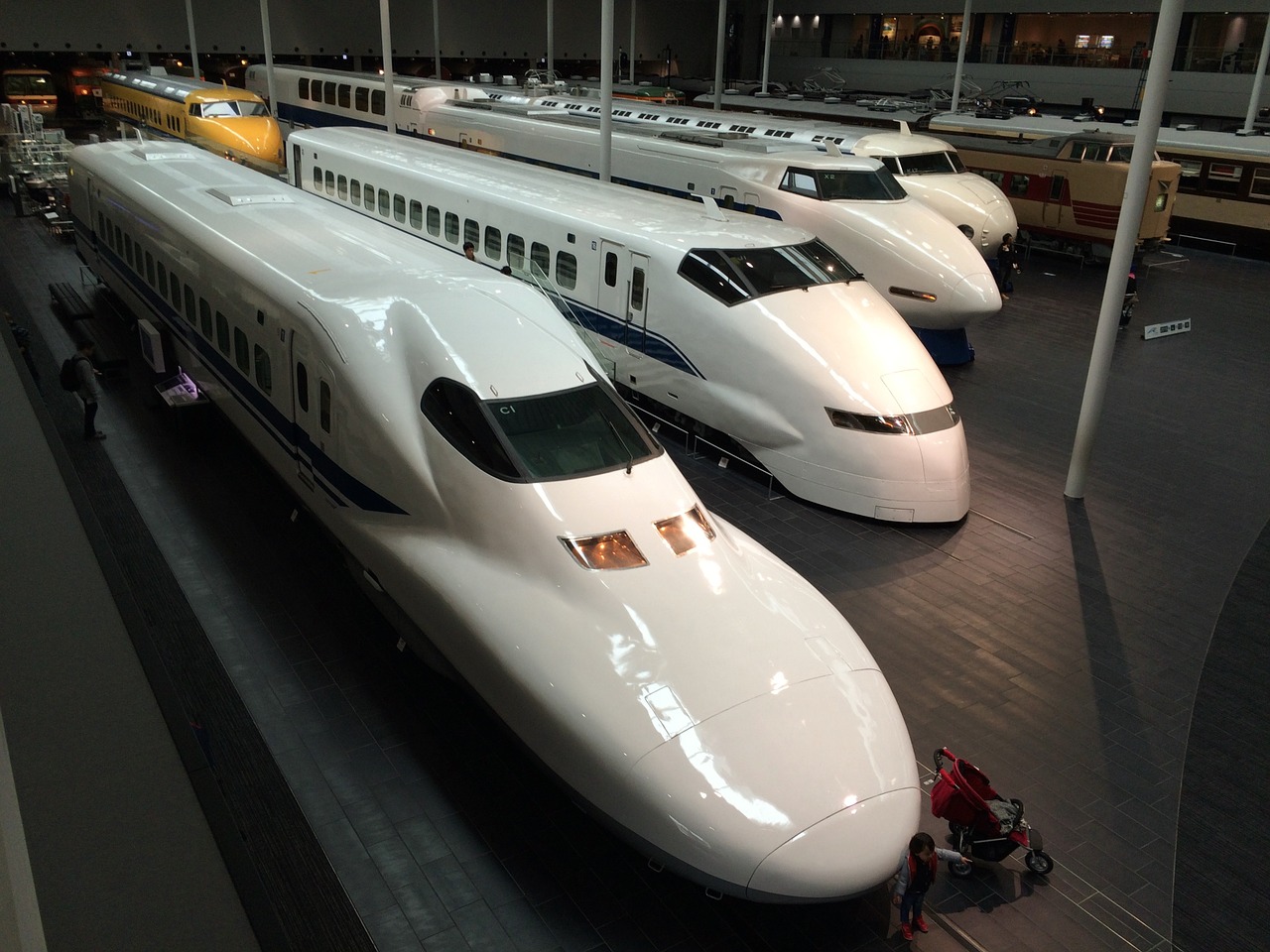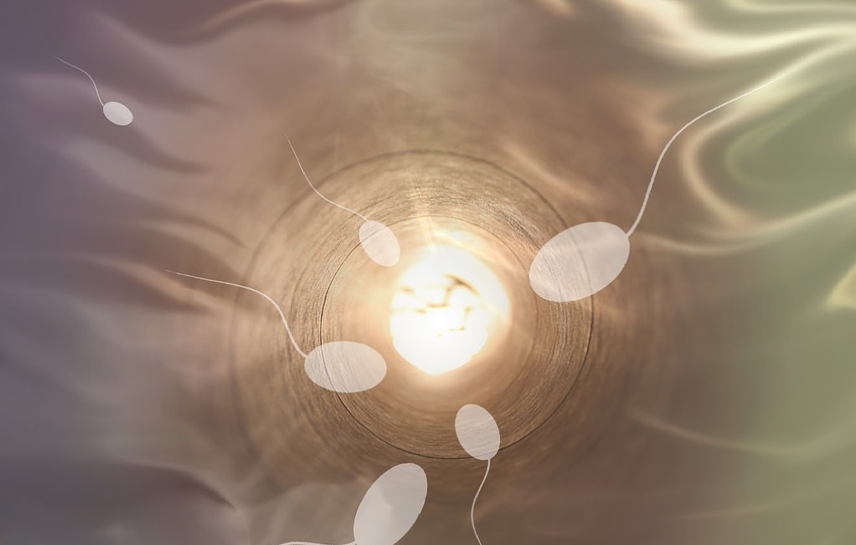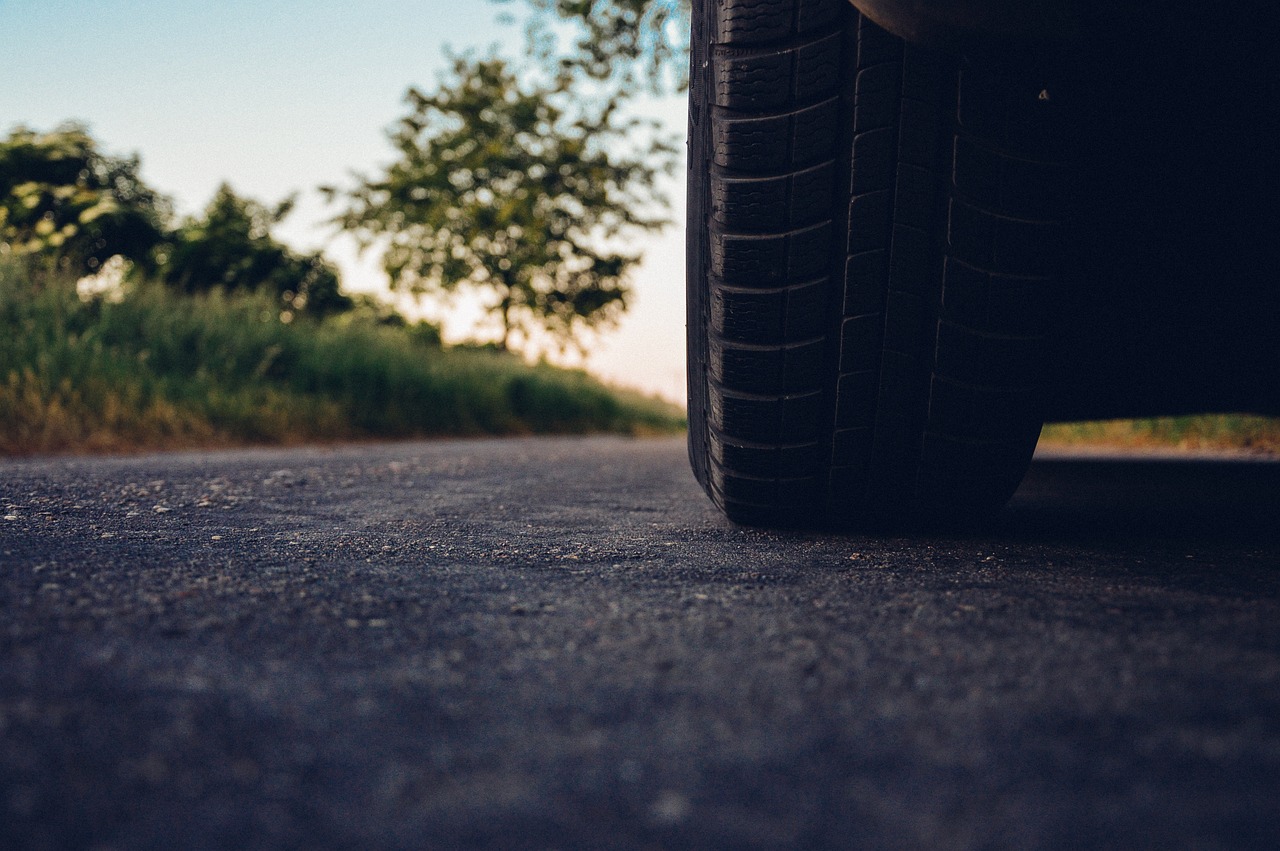China is planning to roll out a large number of next-gen bullet trains to make traveling between major urban centers lightning fast, and engineers are already submitting interesting proposals on how to make them lighter, faster, and less prone to damage.
The most interesting proposal is to add five pairs of winglets (little wings) on each train carriage, which would generate a lift equal to one-third of the train’s weight. This would result in a massive weight reduction that would, in turn, lead to the following:
- Higher speeds – Top speed could be raised from 350 km/h to 450 km/h (280 mph).
- Reduced wheel damage – Higher speeds bring accelerated material chipping due to friction.
- Lower fuel consumption – Although the mass to be moved remains the same, the reduced friction will result in less fuel needed to keep the train at a stable cruising speed.
The idea of winglets on bullet trains is simple but very effective, bringing multiple advantages and virtually no drawbacks. However, it’s not entirely free of complications.
The Japanese considered something similar back in the 1980s but had to implement the wings as retractable elements due to the trains passing through tunnels, space-constrained stations, etc. Eventually, the tests failed to convince the Japanese train authorities of the system’s safety, so it was abandoned.
The Chinese engineers took a different approach, proposing the carriage’s roof as the mounting point for the winglets, not interfering with the train’s width offset. At high traveling speeds, these wings would generate enough uplifting force to produce the predicted benefits, but not so much that it would jeopardize the safety of the passengers by increasing the chances for derailment.
Of course, there are still complications on that proposal, as the turbulence created by the wings on the front would disturb the air stream on the back, so instead of the lift, the back wings could generate drag. The Chinese scientists used computer simulations to solve this problem and found that the results would be optimal if the wings extended between 1.5 and 2 meters (5 and 6.6 feet) above the roof.







